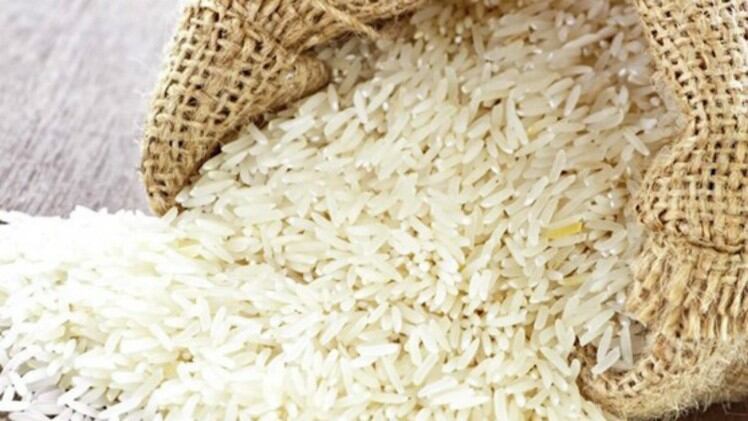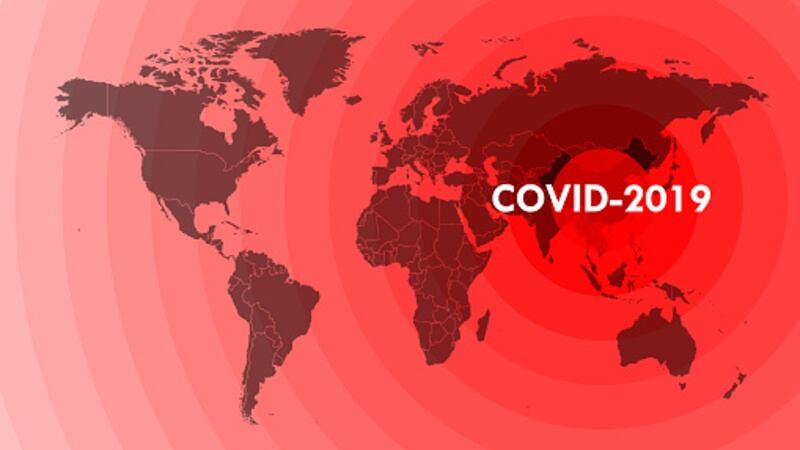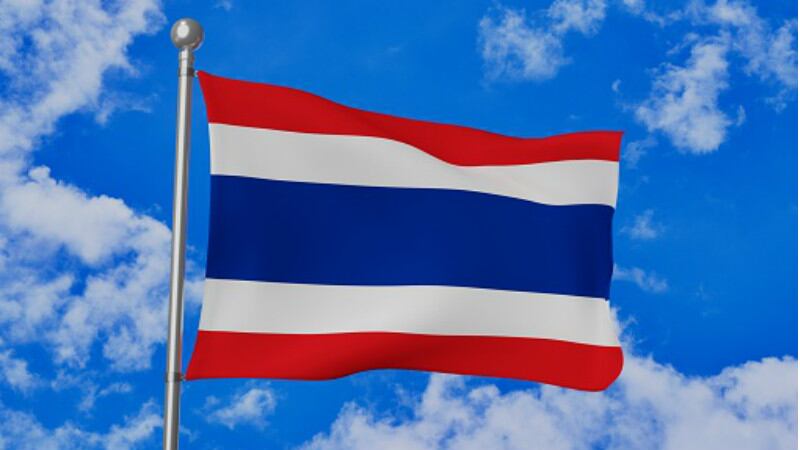Rice is a staple not only for countries in Asia, but also in Australia and Africa as well. This means that it has been a general prime target of any panic-buying or hoarding when the public wants to stock up on shelf-stable foods, according to Food South Australia CEO Catherine Sayer
“Rice was one of the major food products that Australians were panic-buying when tighter control measures were announced in Australia,” Sayer told FoodNavigator-Asia.
“It’s shelf-stable, it’s filling and everyone has it in their pantry. So [although it’s] hard to quantify actual impacts that [export bans and supply drops] from Vietnam, Cambodia and China had on purchasing, [it is for sure that] many people bought a lot more than they needed as it is a staple item here.”
Vietnam, the world’s third-largest rice exporter, decided in March to implement a rice export ban to ensure local supply, and Cambodia followed suit to stop all rice exports except for fragrant rice.
Although Vietnam reopened exports earlier this month and accepted contracts for 400,000 tons of rice exports in April, the precedent has been set and worries now surround potential effects on the market if other big global rice exporters like India (first) and Thailand (third) stopped exports to.
Exporters aside, much of the limelight is also currently on China which currently holds the largest rice inventory in the world.
According to data from the United States Department of Agriculture (USDA), over half of the world’s 466 million tons of rice inventory currently resides in China (266 million tons) – which means that what the country decides to do next and how it handles its rice stocks will have significant ripples worldwide.
“In the past ten years, most of the increase in the global inventory has been due to an increase in Chinese stocks, that is, 73 million tons out of 80 million tons,” International Potato Center Asia Regional Director Samarendu Mohanty told us.
“In Asia, food security is largely linked to the availability and affordability of rice because it is the most important staple for the majority of the population – [but] for any stability of the rice market during and after the COVID-19 pandemic, China will have to play a major role in quelling the panic.”
Cost-sensitive crop
Rice has also been the main commodity at the centre of ‘protectionist’ policy debates amidst worries that border closures and export bans such as those previously implemented by Vietnam will drive its prices up to disastrous effect.
“Rice prices already strengthened quite a bit in March, with a nearly 20% jump in Thai white rice prices upon the news of Vietnam restricting rice exports and India, entering a three-week national lockdown,” Samarendu said.
“It is an extremely cost-sensitive commodity as so many people in this region depend on it and if prices go up, many might starve.”
One of the main countries of concern here is the Philippines, which imports some 89% of its rice from Vietnam. According to Samarendu, some 20% of Filipinos spend 25% of their living budget on rice purchases.
Local NGO Rice Watch Action Network Executive Director Hazel Tanchuling concurred with Mohanty, describing Philippines’ current situation as ‘vulnerable’ and ‘uncertain’.
“This is what the group has been fearing all along. We become very vulnerable as global shocks like today’s global pandemic [can] raise international rice prices to the roof as supply becomes tight and/or countries hold on to their food supply for their own needs,” she told Manila Times.
“Food security will be at risk and this could further magnify the impacts of COVID-19.”
The country’s rice farmers are also facing planting issues as funds have allegedly not yet been released by the Department of Agriculture from the local Rice Competitiveness Enhancement Fund (RCEF) since to help with mechanisation and seed purchases.
“For Philippine food security and to ensure our country avoids widespread hunger, we call on the DA to expedite the release of the remaining 2019 RCEF funds and the new RCEF allocation for 2020,” said farmer coalition Bayanihan Para sa Agrikultura Laban sa COVID-19.
Thailand swoops in
Globally, only Thailand has stood its ground amidst COVID-19 and remained a major rice exporter. This is a stark contrast to the condition the Thai rice market was in earlier this year, where its position as the largest rice exporter in South East Asia was being severely threatened by Vietnam.
This situation has even allowed Thailand to raise its rice prices – according to data from the Thai Rice Exporters Association, Thai 5% broken white rice stood at US$579 per metric ton on April 8 as opposed to US$510 on March 18 – a 13.5% increase in just a few weeks.
For comparison, at the same time last year, the same rice variety cost between US$405 to US$413 per metric ton.
But trouble may still be looming ahead – a drought in Thailand has been one of the reasons rice prices has gone up so sharply across the past year, and this has not changed even with the arrival of COVID-19.
According to Bangkok Post, the country’s Royal Irrigation Department has halted the second rice crop season due to water shortage concerns even as Thailand pledged to continue rice exports ‘as usual’.
Mohanty added that planting is also expected to be a concern as Thailand is heavily dependent on migrant workers from Cambodia, Laos and Myanmar to manually plant rice during planting season (usually in May for Thailand).
Many of these workers have left Thailand due to lockdown fears and if COVID-19 persists all through planting season, rice production and thus prices are likely to be affected further.





